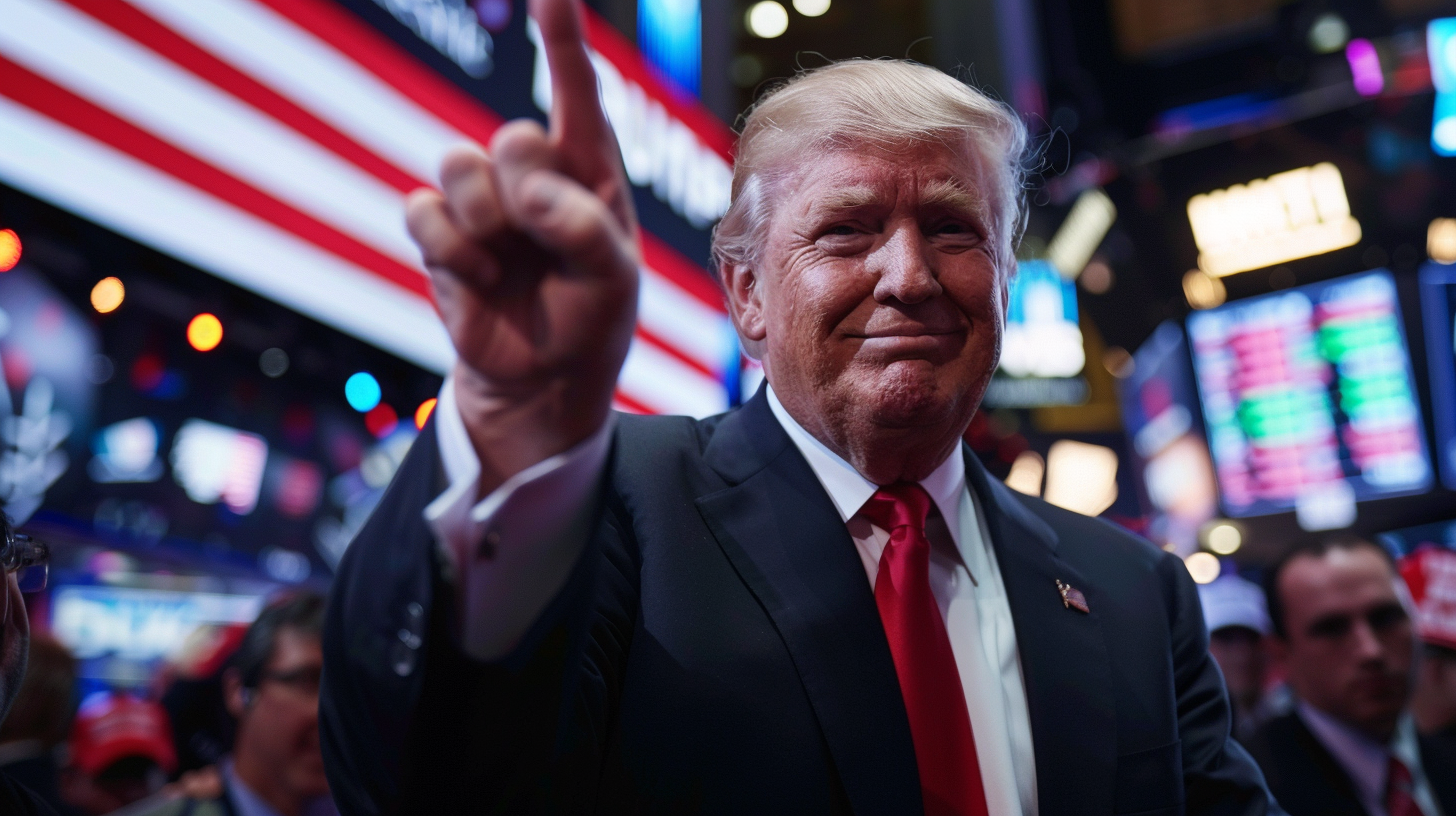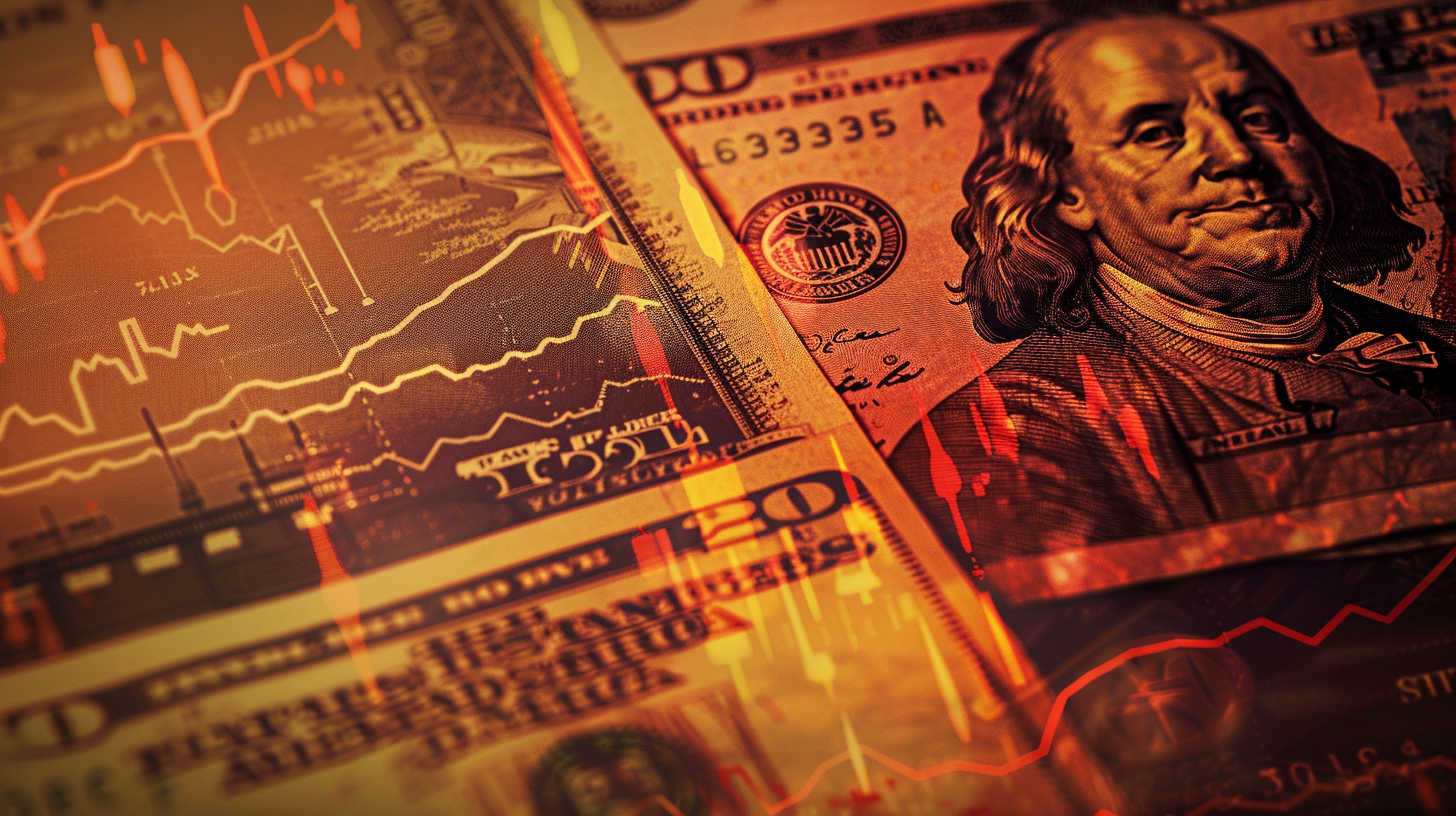In the weeks following the U.S. elections, a clear market leader has emerged: the Russell 2000. This index of small-cap stocks has outpaced major benchmarks such as the S&P 500, Dow Jones, and Nasdaq, signaling a rotation in investor sentiment toward higher growth opportunities. As investors search for areas with the most potential, small-cap stocks are standing out as a prime destination for future growth.
Since November 6, the Russell 2000 has demonstrated a significant recovery, outpacing its larger-cap peers by a notable margin. Historically, small-cap stocks have been among the biggest beneficiaries of economic optimism, thanks to their reliance on U.S. domestic growth and their ability to adapt to changing market conditions.
| Index | Performance (Nov 6 – Nov 29) |
|---|---|
| Russell 2000 (RTY) | +12.5% |
| S&P 500 (SPX) | +6.8% |
| Dow Jones (INDU) | +7.2% |
| Nasdaq Composite (CCMP) | +5.9% |
Why Investors Are Turning to Small Caps
Small-cap stocks are poised for the most growth in the current market environment. Here’s why they’re becoming a key focus for investors:
- Explosive Growth Potential: Smaller companies typically have more room to expand, making them attractive to investors seeking high returns during periods of economic recovery.
- Policy Favorability: Market participants are betting on pro-business policies, which are expected to stimulate domestic-focused companies.
- Valuation Advantages: After years of underperformance compared to large-cap tech stocks, many small-cap stocks are trading at attractive valuations, creating opportunities for long-term gains.
- Sector Diversity: The Russell 2000 spans a variety of sectors, including financials, energy, and consumer services, which are positioned to benefit from economic resilience.
The outperformance of the Russell 2000 reflects a broader trend: small caps are not only catching up but are also laying the groundwork for sustained growth. With the U.S. economy showing signs of stabilization and a renewed focus on innovation and entrepreneurship, small-cap stocks offer investors a rare chance to capitalize on their agility and growth prospects.
For investors looking to explore the potential of small-cap stocks and connect with the companies leading this charge, Noble Capital Markets is hosting its flagship event, NobleCon20, this week.
Starting tomorrow, December 2, NobleCon20 will bring together industry leaders, small-cap innovators, and investors for a one-of-a-kind event. Held over three days, the conference will feature:
- Live Panels: Including a must-see AI panel headlined by Zack Kass, who will delve into cutting-edge advancements in artificial intelligence and their impact on markets.
- A Shark Tank Experience: A live pitch competition judged by the ‘Sharks,’ offering insight into innovative small-cap ventures.
- Networking Opportunities: Connect with executives, investors, and thought leaders from a range of industries.
Whether you’re a seasoned investor or just starting to diversify your portfolio, NobleCon20 provides an invaluable opportunity to gain insights into small-cap growth stories and identify market-leading opportunities.
Registration is still open for NobleCon20, and attendance is free for qualified investors. Don’t miss your chance to engage with small-cap executives and industry professionals who are shaping the future of the market.
Register now at NobleCon20.com to secure your spot at the premier small-cap event of the year.
As the Russell 2000’s recent performance demonstrates, small caps are positioned for growth in the current economic and market landscape. Investors looking to capitalize on this momentum should pay attention to the opportunities in this space.
With NobleCon20 starting tomorrow, now is the perfect time to immerse yourself in the small-cap story and discover the companies driving innovation and expansion. Join us and take the first step toward seizing the opportunities in this exciting segment of the market.













